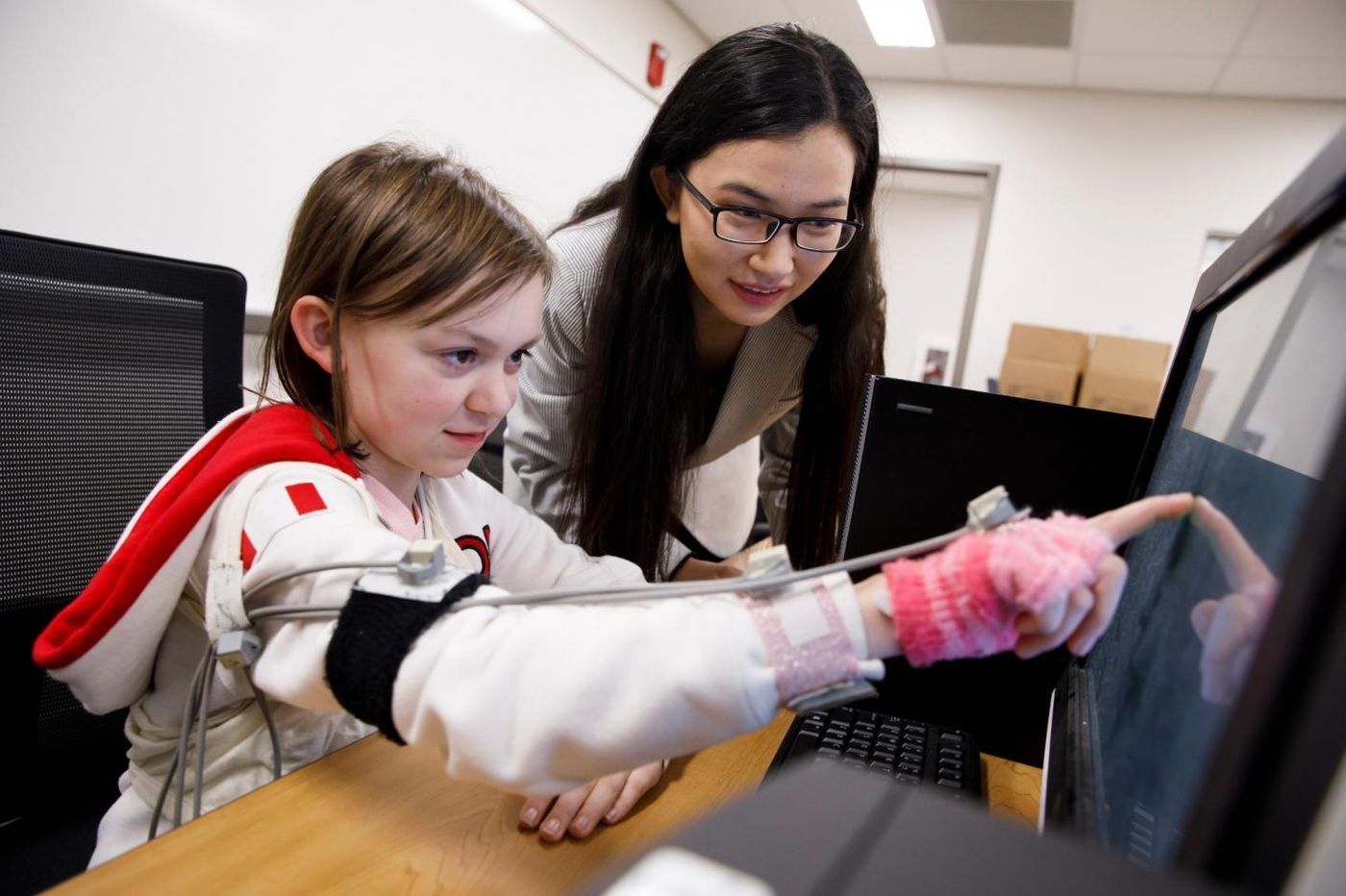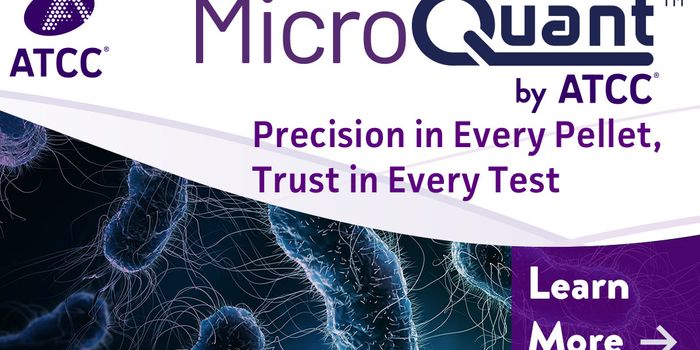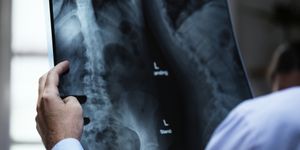Subtle Changes in Movement Could Diagnose Autism
Existing diagnostic tests for autism spectrum disorder (ASD) are highly subjective and in need of improvement. From Indiana University, scientists have developed a new way to increase the objectivity and accuracy of tests for ASD by measuring subtle changes in how people move.
"We really need to narrow the gap between what physicians observe in patients in the clinic and what we're learning about movement within the field of neuroscience,” said lead author Di Wu.
Diagnosing ASD and other neurodevelopmental disorders with better accuracy is possible with a new approach to testing for these conditions. Experts believe that random neuron firings in the brain connected to ASD creates “noise” that results in “nearly imperceptible” changes in how people move. In theory, neurotypical people develop ways to compensate that people with ASD lack. These changes are invisible to the naked eye but visible with the right tools.
Criteria from existing assessments for ASD diagnosis include lack of eye movement and repetitive actions, but results from these types of tests vary between assessment administrators. Additionally, existing tests are difficult to administer to young children, and early intervention is particularly important to providing someone with ASD the best treatment. Measuring movement could be the solution to the problems produced by existing diagnostic methods.
"We've found that every person has their own unique 'movement DNA,'" explained senior author Jorge V. José. "The use of movement as a 'biomarker' for autism could represent an important leap forward in detection and treatment of the disorder.”
The new study included 30 participants previously diagnosed with ASD and 41 neurotypical participants, 20 being parents of other participants with autism. Each participant was assigned a score after the assessment illustrating the level of hidden speed fluctuations in their movement detected by high-speed, high-resolution sensors. The lower the score, the greater the risk for ASD and the more severe the disorder tended to be.
Currently, there is no test to diagnose the severity of autism.
In the future, the study scientists plan on conducting more experiments with more participants, including a closer investigation of the scores of parents with ASD, to see if the test can measure a person’s risk of having a child with ASD.
Approximately 3.5 million people are affected by ASD in the United States. ASD is the official name for a group of developmental disorders that includes a wide range of symptoms, skills, and levels of disability. People diagnosed with ASD often have trouble with communication and interaction with other people, exhibit repetitive behaviors, and have overall abnormal social function.
The present study was published in the journal Scientific Reports.
Sources: National Institute of Mental Health, Indiana University


![[Guide] 7 Strategies to Boost Laboratory Collaboration](https://d3bkbkx82g74b8.cloudfront.net/eyJidWNrZXQiOiJsYWJyb290cy1pbWFnZXMiLCJrZXkiOiJjb250ZW50X2FydGljbGVfcHJvZmlsZV9pbWFnZV83YzBjZWIwM2Y5YzI4MmFlYzBhZDZhMTcyNTQ1ZGU3YmE4Y2MzMDYyXzUxNDkuanBnIiwiZWRpdHMiOnsidG9Gb3JtYXQiOiJqcGciLCJyZXNpemUiOnsid2lkdGgiOjcwMCwiaGVpZ2h0IjozNTAsImZpdCI6ImNvdmVyIiwicG9zaXRpb24iOiJjZW50ZXIiLCJiYWNrZ3JvdW5kIjoiI2ZmZiJ9LCJmbGF0dGVuIjp7ImJhY2tncm91bmQiOiIjZmZmIn19fQ==)






